Livestock
All Livestock Content
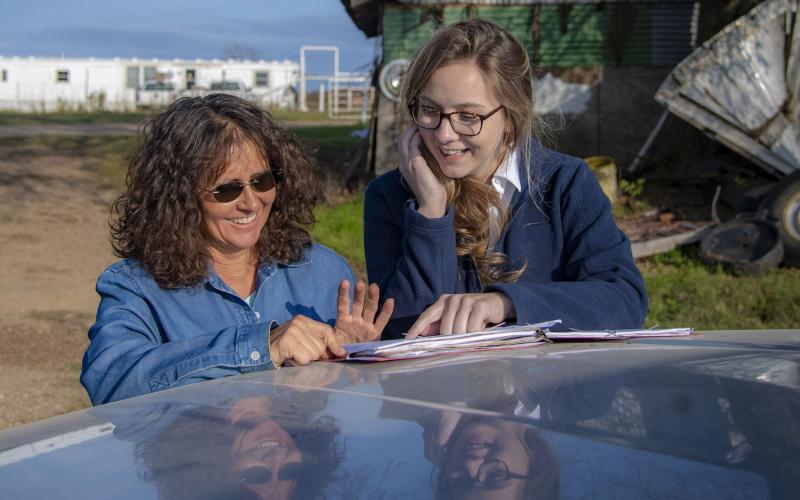
Providing Feedback to Employees
Positive feedback can be motivating. It gives the employee a sense of accomplishment, achievement, recognition, and a sense of importance to the business.

Water Importance in Lactating Dairy Cows
When considering the importance of water in lactating cow diets, we need to remember that milk is 87 percent water, and its consumption is directly correlated with milk production and feed intake. Water also makes up anywhere from 55 percent to 70 percent of the body weight of a lactating dairy cow, depending upon the phase of the lactation cycle.

Understanding and Mitigating Heat Stress in Young Dairy Animals
We often don’t focus as much on heat stress in young dairy calves and tend to focus more on cold stress. However, it is just as important and producers or calf raisers should have a plan in place to help mitigate heat stress in these animals also.
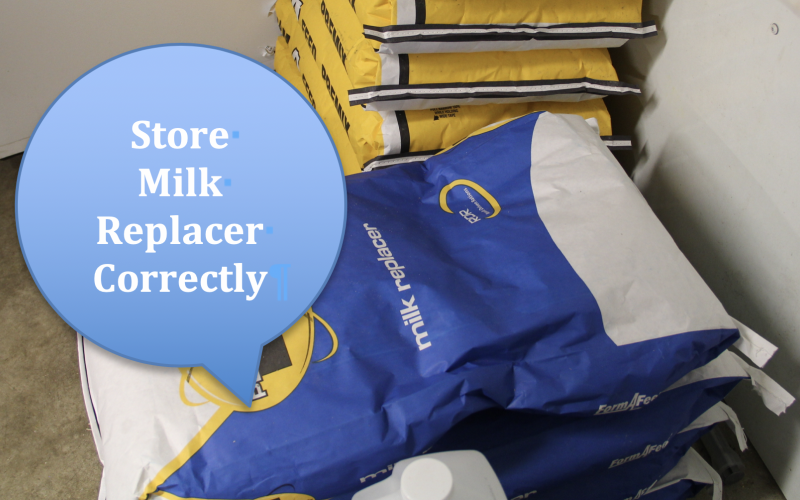
Ensuring Quality Milk Replacer Through Proper Storage
Milk is the source of nutrients in newborn mammals. When mother’s milk is not available, a milk replacer is utilized. To ensure the proper growth and health of the young newborn, it is critical provide a quality milk replacer and proper storage of this product is a key component for success.
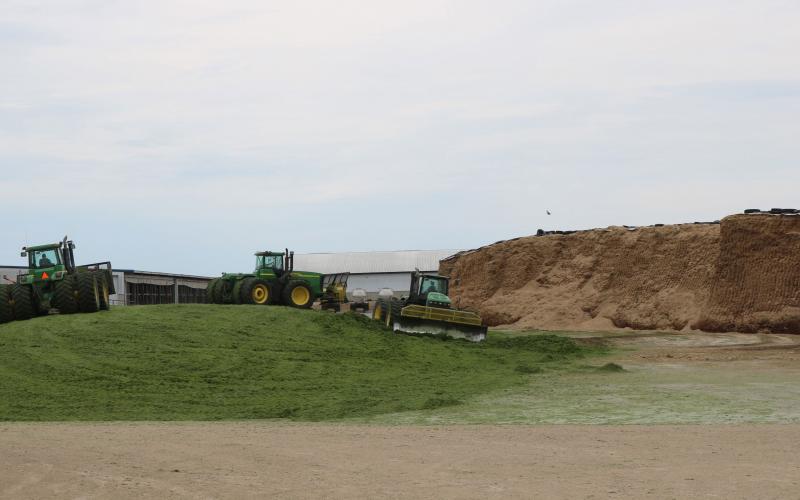
Harvesting Silage on a Wet Year: Moisture is Critical
Fall is on its way in South Dakota. However, with many flooded and saturated fields, some producers are growing concerned that there will be little opportunity to harvest silage before corn dries down past desired moisture levels or frost occurs.

Prevention of Needlestick Injuries in Livestock Production
Within agricultural production a good share of livestock producers perform routine veterinary work themselves. This includes administering vaccinations or treatments for common disease or sickness. A result of performing this type of work there is increased risk for injury do to a needle stick injury.
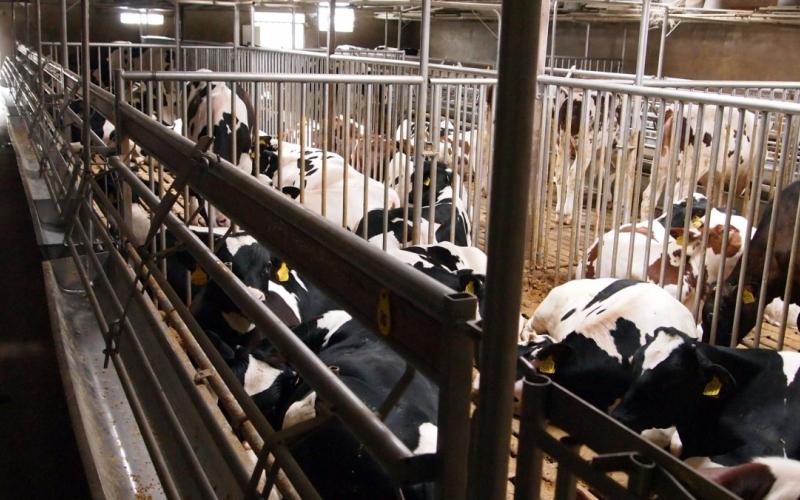
Diminishing Personal Injury on Dairy Farms
Within the dairy industry there is a high percentage of contact time between animals and human beings on a daily basis.

Keeping Pre-weaned Dairy Calves Healthy and Growing in Cold Weather
Cold stress can result in calves turning to stored body fat to generate body heat, essentially losing weight. In addition, calves experiencing cold stress will have compromised immune systems making them more susceptible to disease.

How Are You Empowering Others as Leaders or Employees?
You will be amazed how well people can perform as employees or leaders when you take the time to establish job expectations and then empower them to accomplish them.
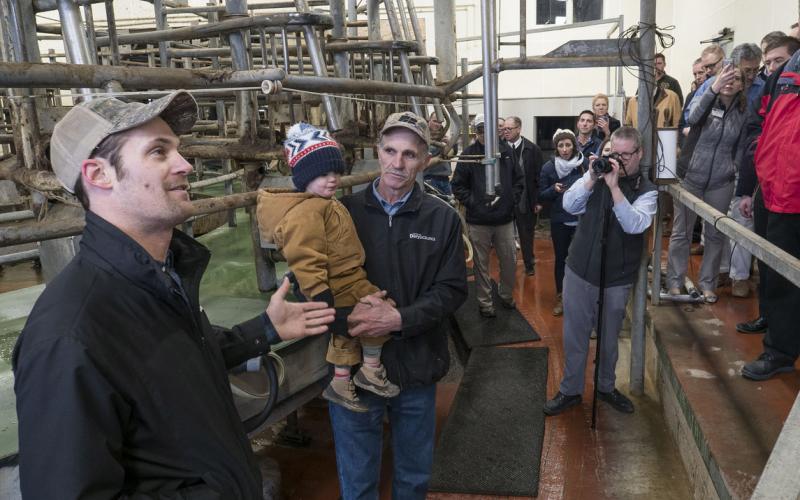
Preparing to Host a Farm Tour
Taking the time to prepare for a farm tour will result in a positive experience for those attending your farm but will also help build relationships with consumers of our products.